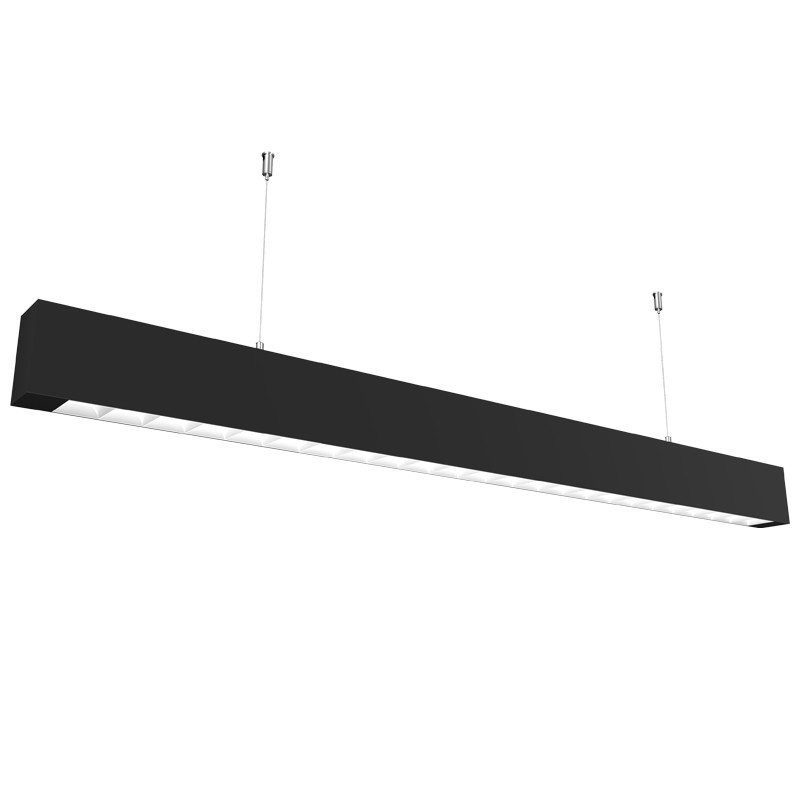
Allocating the costs of indirect materials appropriately ensures accurate cost accounting. This involves identifying the materials used in different production processes and assigning their costs to the relevant understanding your form 1099 cost centers. Accurate cost allocation helps in understanding the true cost of production and identifying areas for cost savings. Indirect materials are materials that a company uses in the production process.
Accounting for Indirect Material- Definition, Example, And Accounting Treatment
Distinguishing between direct and indirect materials is essential for accurate accounting. Direct materials are typically capitalized as assets and expensed as the product is produced. The first step in managing indirect materials is to conduct a thorough inventory assessment. This will help companies determine what materials they have on hand, how much they need, and how often they need replenishment.
Accounting for direct materials
Establishing strong relationships with suppliers of indirect materials can lead to better pricing, quality, and reliability. Regularly reviewing supplier performance and negotiating favorable terms can help in managing the cost and availability of these materials. Cleaning chemicals, protective devices, glue, oil, and disposable tools, i.e., consumables, are usually indirect materials. Because direct materials are the main component of a good or service, businesses typically order and use them in larger quantities.
How Do Indirect Materials Impact a Company’s Bottom Line?
Materials support the production process but are not part of the final product, while direct materials are directly incorporated into the final product and easily traceable to it. Indirect materials are supplies used in the production process that cannot be directly attributed to a specific product. In spite of the role that materials play in the manufacturing process, they are classified as direct and indirect. We can observe that, in many situations, the finished product of one business is used as direct materials by another business. An example of such a situation can be found in construction industry where the cement is used by house and apartment construction companies.
What Are the Benefits of Using Technology to Manage Indirect Materials?
- As a result, indirect materials are often added to the manufacturing overhead.
- Establishing strong relationships with suppliers of indirect materials can lead to better pricing, quality, and reliability.
- Therefore, they don’t really add much overall value to the product being produced.
- Even though they are used in the overall manufacturing process, indirect materials are products that are not included in the finished product.
- 11 Financial may only transact business in those states in which it is registered, or qualifies for an exemption or exclusion from registration requirements.
Using a centralized system for managing indirect materials can improve visibility and control. Centralized systems allow for better tracking of usage, streamlined ordering processes, and reduced risk of stockouts or overstocking. Indirect materials are essential for the smooth functioning of the production process. They ensure that machinery operates efficiently, the work environment remains safe and clean, and administrative tasks are handled effectively. While they do not directly contribute to the production of the final product, their role in supporting the overall manufacturing process is indispensable.

Cost of Goods Sold: Definition, Formula, Example, and Analysis
GEP NEXXE is a unified and comprehensive supply chain platform that provides end-to-end planning, visibility, execution and collaboration capabilities for today’s complex, global supply chains. The nominal interest rate is the stated annual rate without accounting for compounding within the year. The effective annual rate (EAR) includes the effects of intra-year compounding, providing a more accurate representation of the actual interest accrued. Subsequent to this, they are then allocated to the cost of goods sold and ending inventory at the end of each reporting period based on a reasonable method of allocation.
Firms can segregate materials that form a major part of the final product. If any material is used in the process but does not appear in the end product, it turns out to be indirect material. Manufacturing or factory overhead usually involves materials that have constant use on the premises. Therefore, firms include indirect materials that stay fixed in the long run. In addition, individuals do not trace these through a formal stock record system; instead, they utilize an informal system to order additional requirements of these materials. At times, firms might give more attention and support to direct material suppliers.
By automating processes and optimizing inventory levels, businesses can reduce the amount of manual labor needed, leading to lower labor costs. Additionally, businesses can reduce material costs by optimizing inventory levels and reducing waste. Using technology to manage indirect materials can significantly increase efficiency in procurement and inventory management efficiency. With automation and digitization, businesses can streamline their purchasing processes and reduce the need for manual intervention, leading to faster processing times and improved accuracy. Managing and optimizing indirect materials in manufacturing requires strategic planning, standardized processes, and continuous improvement.
